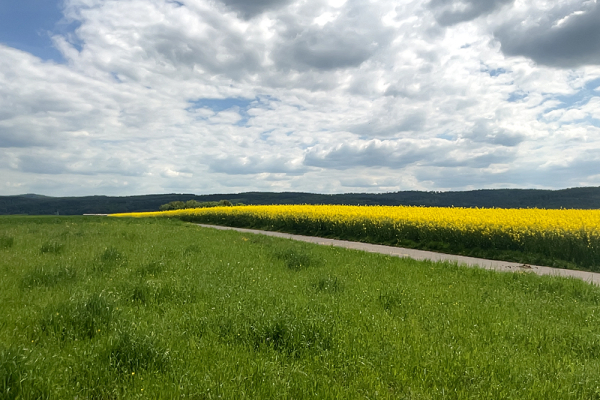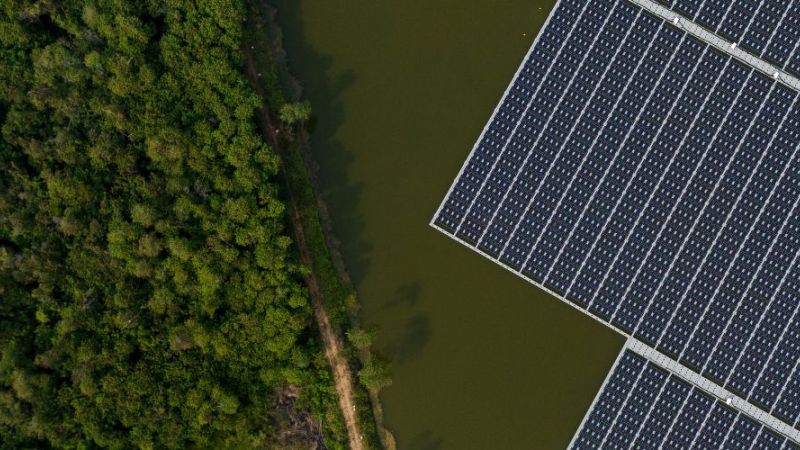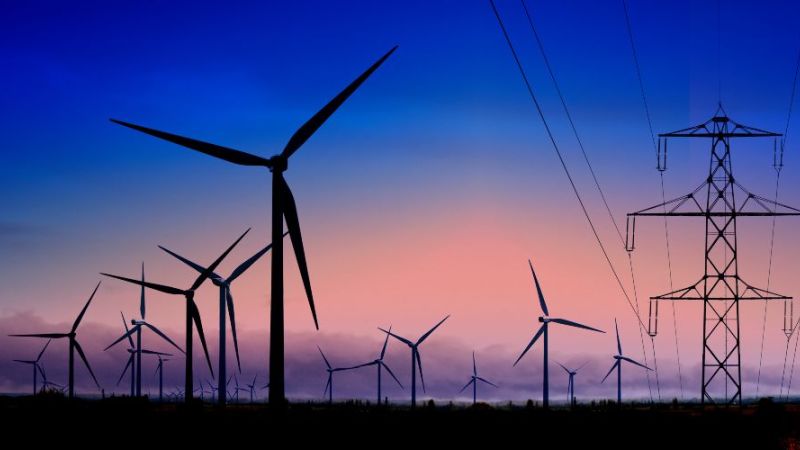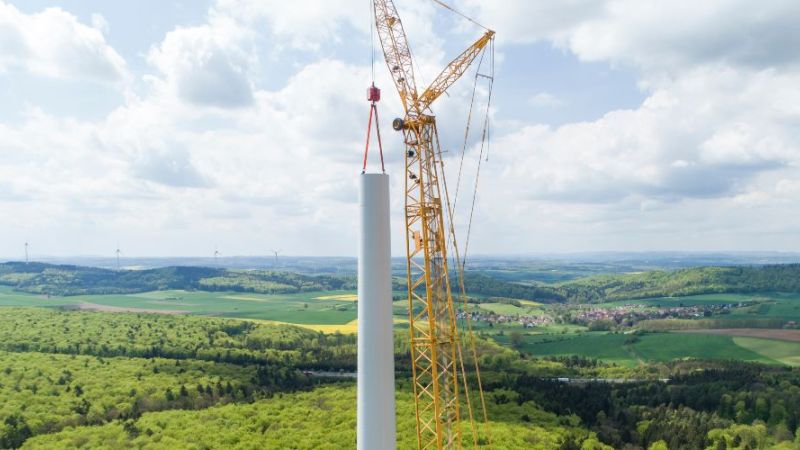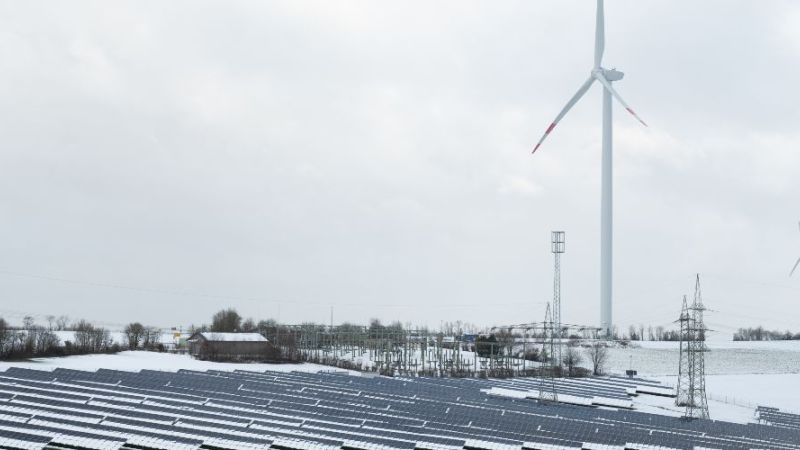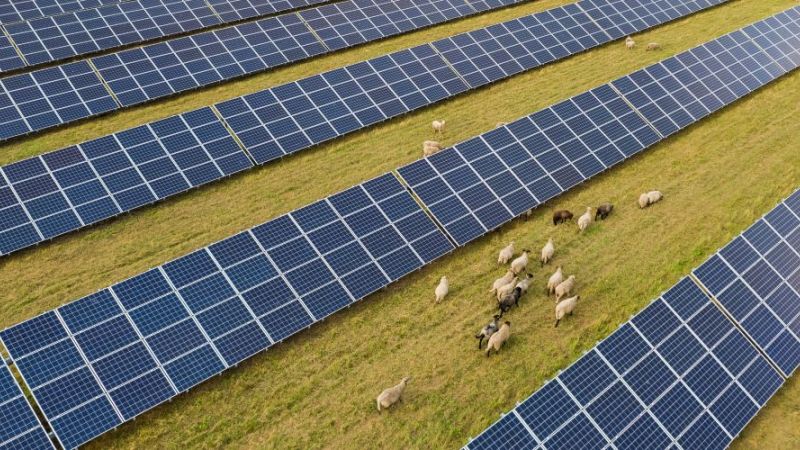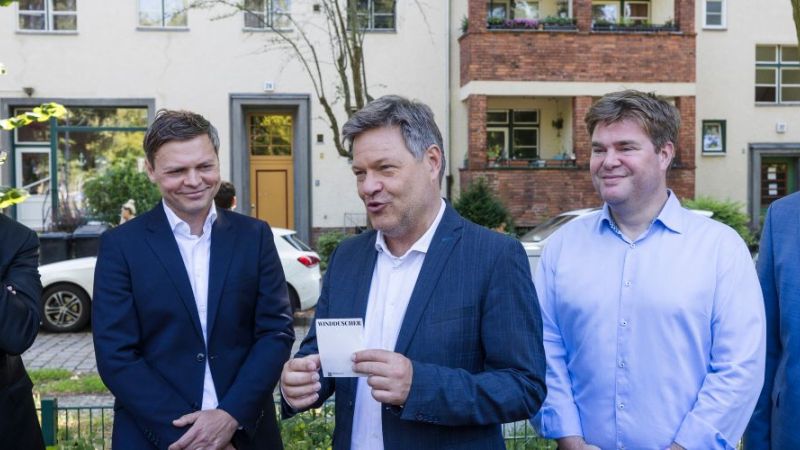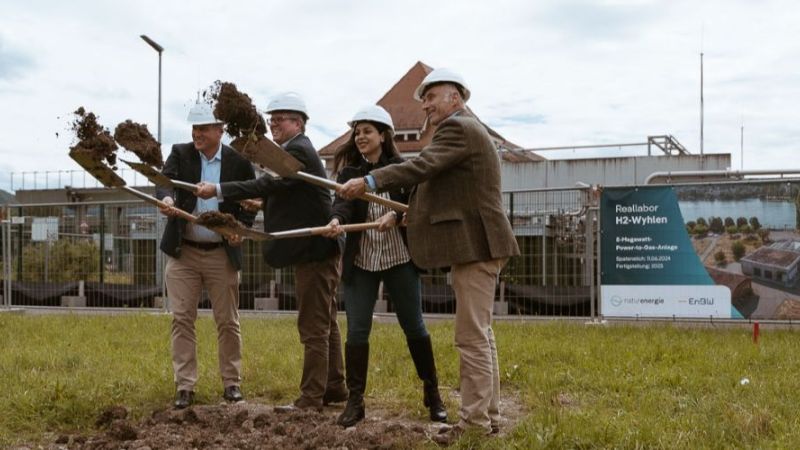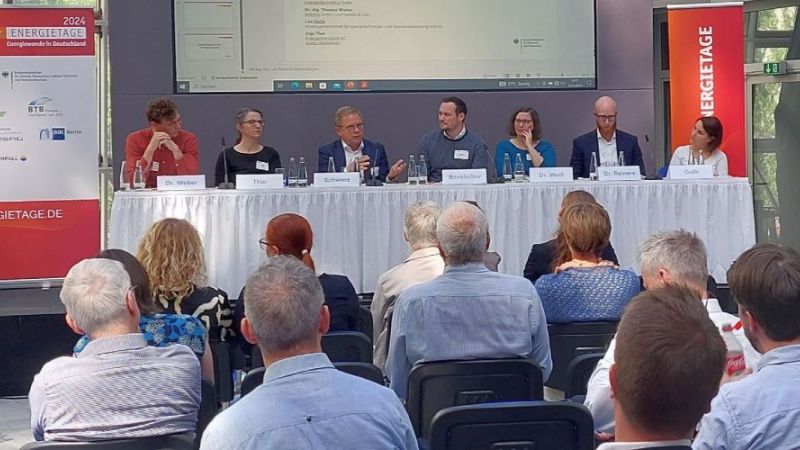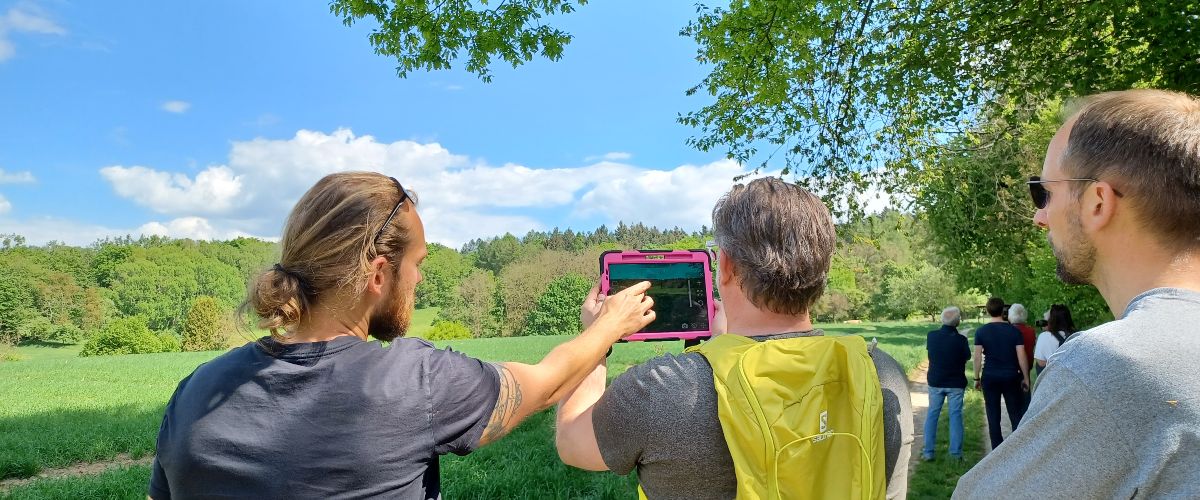 © Stefan Kauling, Landplan OS GmbH
© Stefan Kauling, Landplan OS GmbH
Wind energy
Experience 3D simulation of wind farms on site
Thanks to augmented reality, residents will in future be able to see what planned wind turbines would look like on site. This early participation could increase the acceptance of renewable energy plants.
The majority of the German population supports the expansion of renewable energy sources. Resistance usually arises when wind farms are planned in the immediate vicinity. In the AR4Wind project, researchers are therefore further developing visualisation tools to involve residents in the planning process at an early stage and to make construction projects more tangible.
Viewing future wind turbines on the smartphone
The project team uses Mobile Augmented Reality (mAR) for this purpose. This means that virtual content - in this case the 3D model of one or more wind turbines - appears live, true to position and reality, in the camera image of a mobile end device such as a smartphone or tablet. When planning a wind farm, local residents then obtain a realistic impression of how the turbines will fit into the landscape at an early stage.
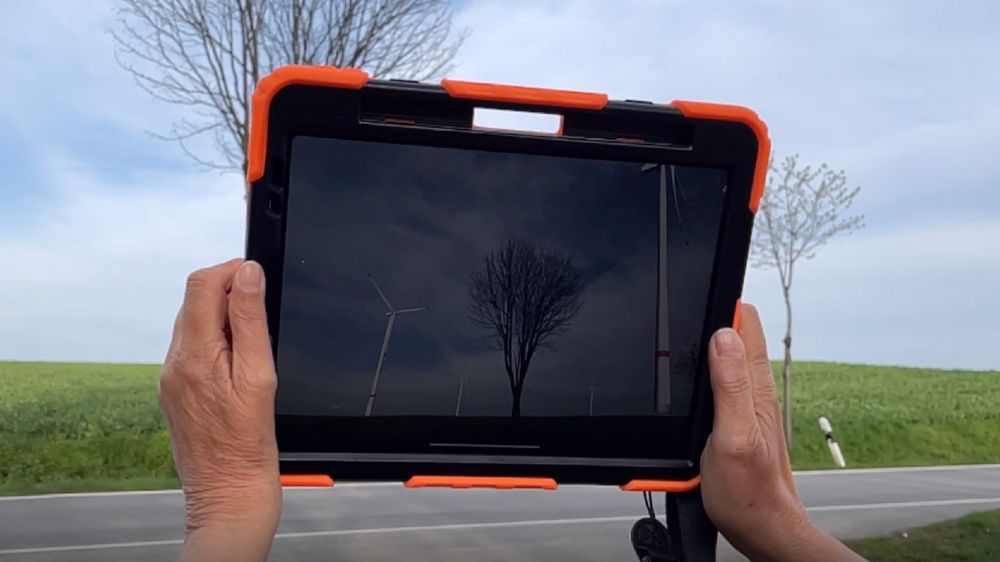 © Stefan Kauling, Landplan OS GmbH
© Stefan Kauling, Landplan OS GmbH
This could significantly increase the acceptance of wind turbines on site, as the population is involved at an early stage and with the greatest possible transparency.
Visualisation app in the field test
The researchers are further developing a visualisation app that shows on site on a smartphone or tablet what the planned wind turbines would look like, from a variety of locations and angles. From April to June this year, the project partners carried out four field experiments under real conditions in the vicinity of planned wind farms. They tested the app with project developers, planning offices and residents. They rated the opportunities offered by the visualisation app very positively.
Building on this feedback, the researchers are now further developing the mAR tool. The next practical tests are scheduled to take place in spring 2023. The project team will then analyse whether and in what form virtual visualisation can contribute to a successful public dialogue. The German Federal Ministry for Economic Affairs and Climate Protection is funding the research project, which is coordinated by EPC – Project Corporation Climate. Sustainability. Communications. (se)

